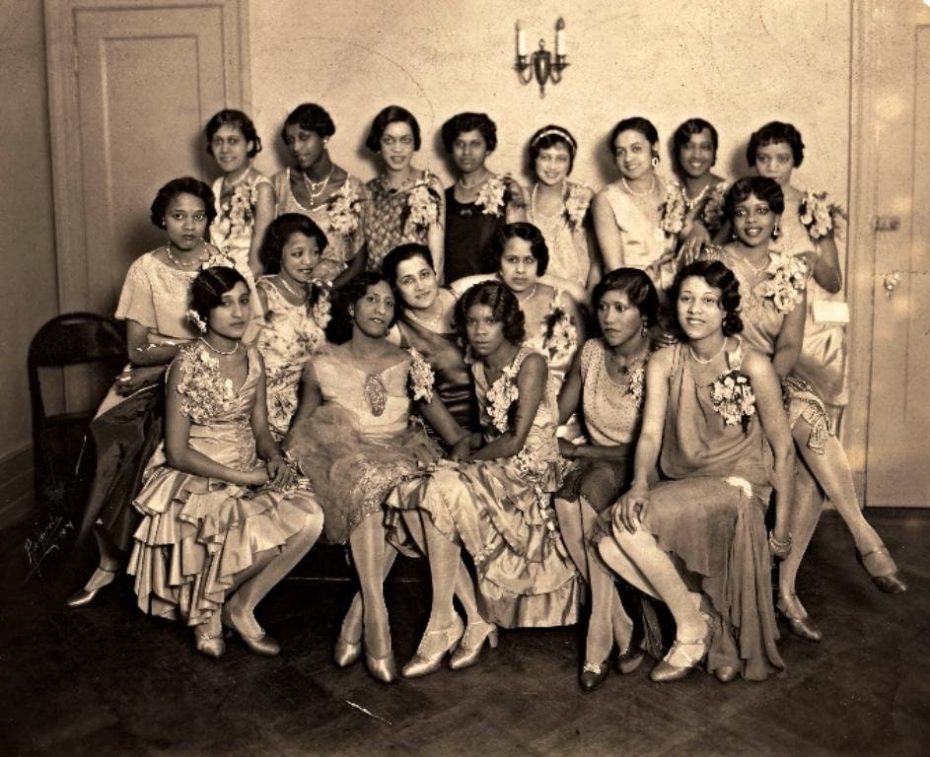
It all started over a pot of stew in the summer of 1927. Eunice Shreeves rang a fews friends to come over to her New York home, break bread, and make a few more memories before heading their separate ways for college. The Harlem Renaissance was at its peak, and these ladies were headed to some of the first schools in the country to open their doors to black Americans (i.e. Howard and Cheyney University). The women’s social club that blossomed from their dinner party — henceforth known as Girl Friends, Inc. — was just one of many organisations from that era that carved out a space to uplift black communities. So put on your white gloves, and let’s step out with a few of them…
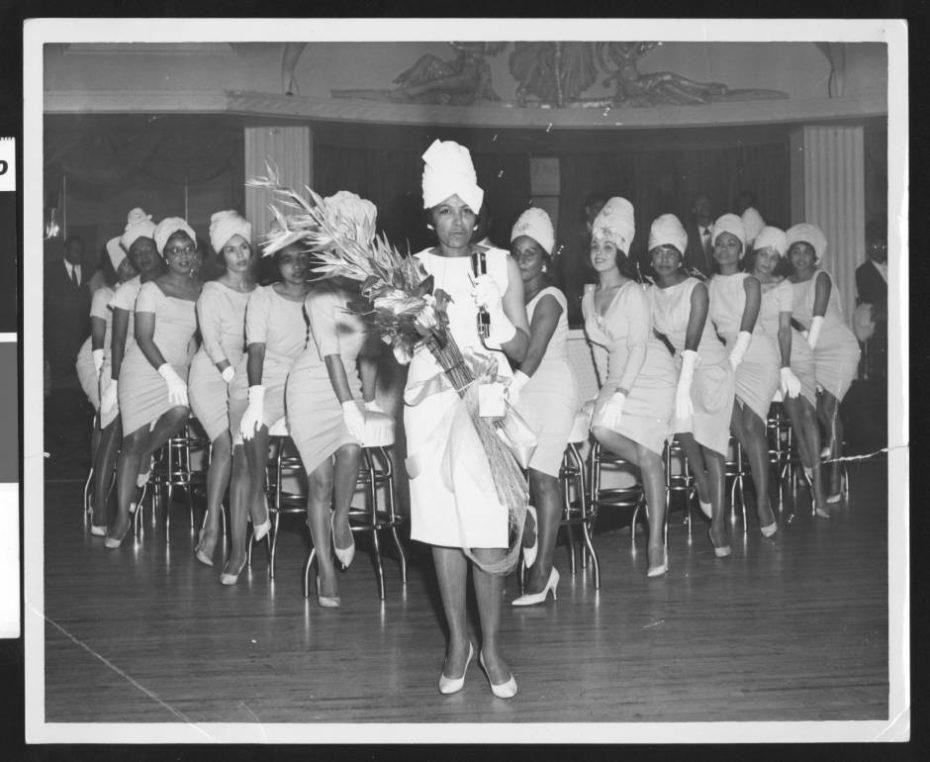
The Women’s Club Movement happened in two waves. First it came for white middle-class women who wanted their own intellectual spaces to flourish and brainstorm about the advancement of their place in society. Then a second wave of the women’s club movement emerged, this time by and for black women. It was a period known as the Progressive Era for its groundbreaking strides in social justice and activism.
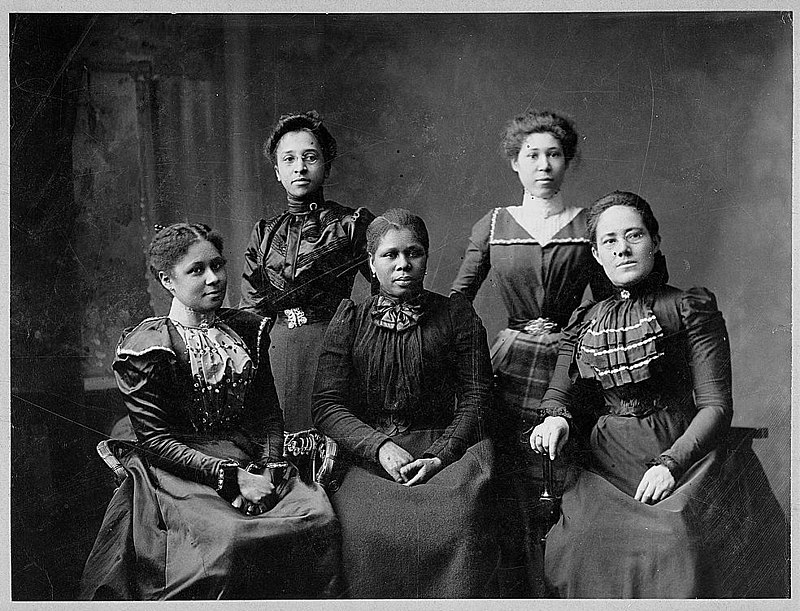
In truth, they’d been organising even before the abolition of slavery to form support groups, and their forays into women’s clubs after emancipation led to the establishment of juvenille detention centres, accessible family planning, anti-lynching measures, and more.
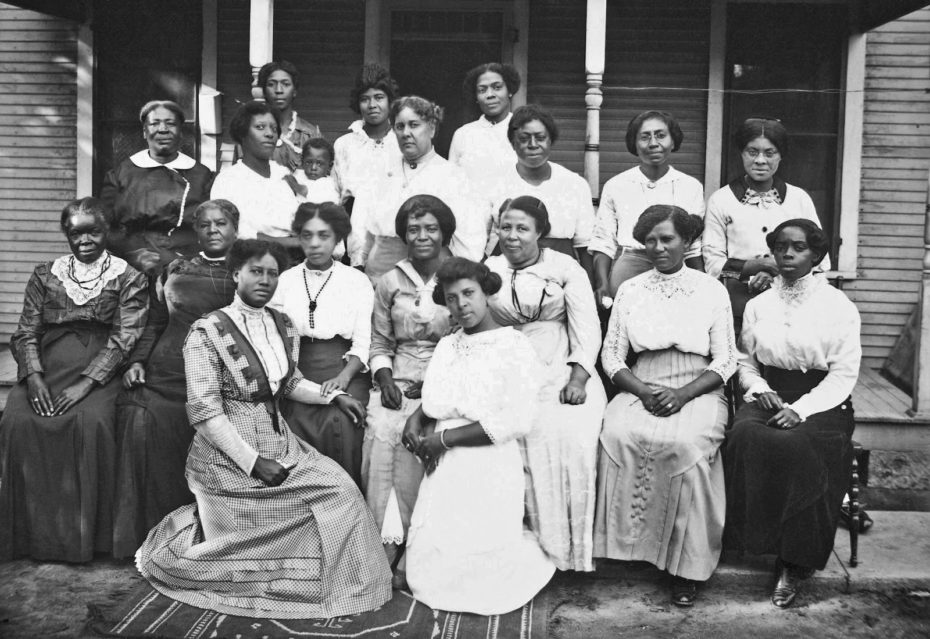
When the First World War was on the horizon, the National Association for the Advancement of Coloured People, est. 1909, raised over $5 Million through the combined efforts of both white and black community members. And in fact, many of the clubs we’ll dive into today are still flourishing…
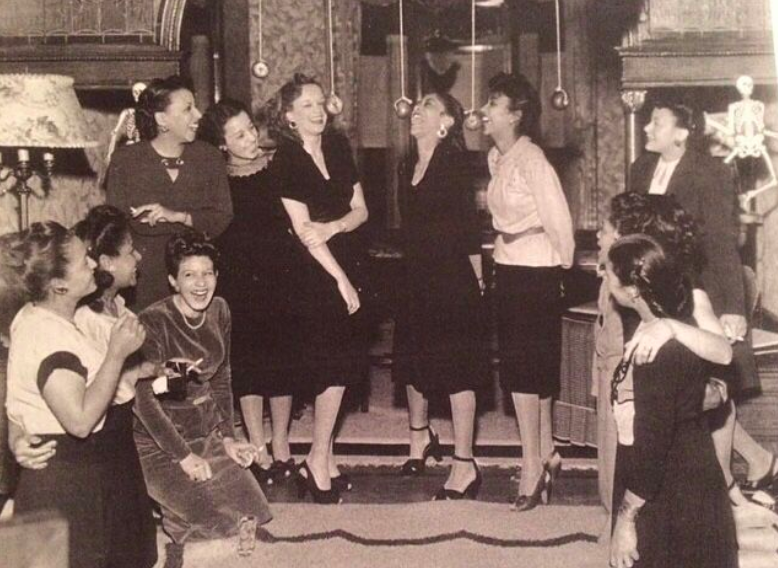
Take the social network called Girl Friends, Inc., which has 47 chapters 1600 members nationally, is pretty remarkable considering it was started by a bunch of college freshmen. Their success is partially due to their club’s profoundly simple goal: foster friendships amongst themselves, and use those bonds as tools for giving back to black communities. Their official colours would be a bright apple green and gold; their emblem the tea rose. Their moniker, suggested by member Lillie Mae, was a nod to a then popular Broadway Musical, The Girl Friend and members included the power-house socialite sisters Margaret McCall Thomas Ward and Victoria McCall Anderson Davenport:
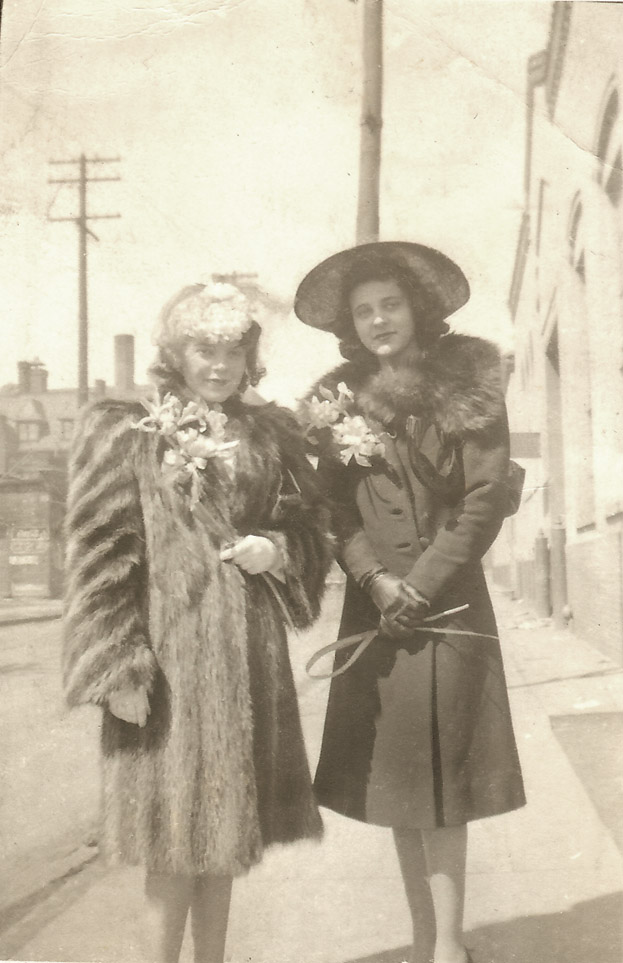
When they weren’t planning charity events, or helping activist efforts, you could expect to find the Girl Friends throwing a “Hats, Heels and High Balls” lunch, having a refined cup of coffee, or rubbing shoulders with donors like Lena Horne and Hazel Scott:

One of the most influential members was the wife of Thurgood Marshall, activist Vivian Buster Burey, who encouraged her husband to incorporate the organisation in 1938. Burey died of cancer at only 44 while Marshall was in the thick of Brown vs. Board of Education, and apparently kept her illness a secret from him until the ruling came out so he could stay focused. In other words, she was the definition of selfless, going above and beyond for what she saw as the greater good. For the Girl Friends, she was an invaluable force for the African American ‘ladies who lunch’.
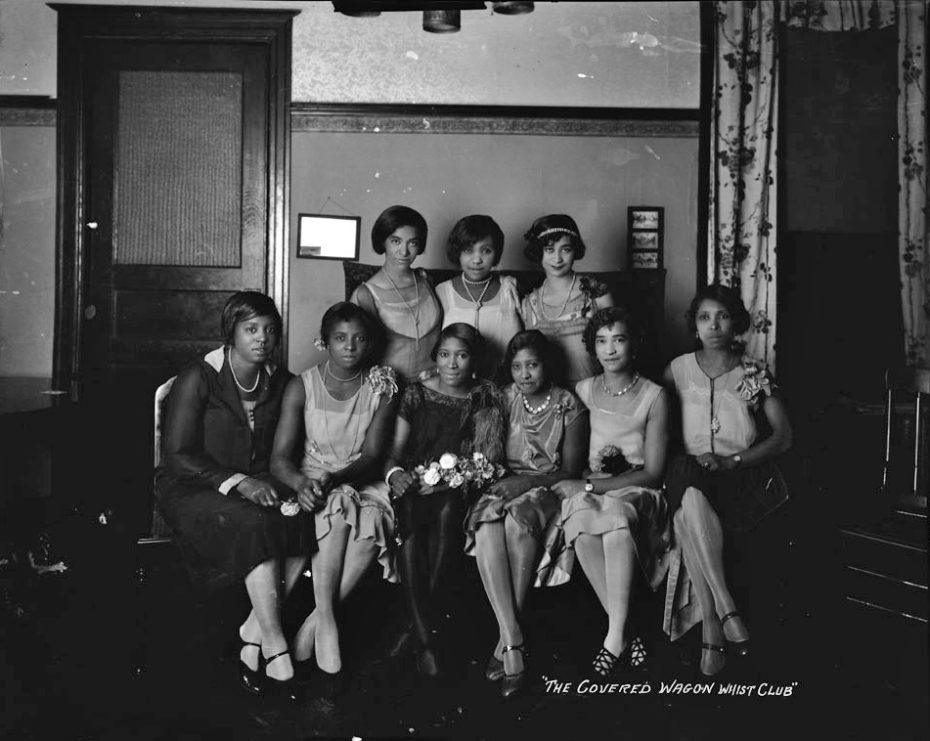
And they weren’t the only ones shaking up the status quo in style. There was the Covered Wagon Whist Club, founded in Washington, DC in 1929, which functioned as a society for black women to hone their card skills (Whist is a game “in which points are scored according to the number of tricks won”.)
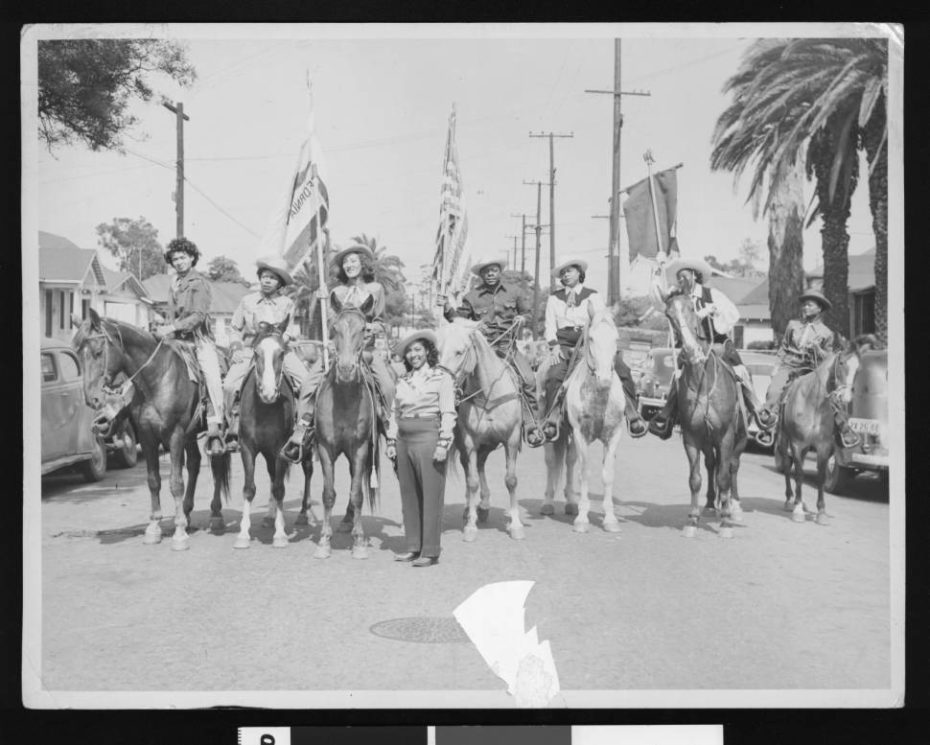
On the sportier side, there were tennis clubs, riding clubs and the Wake-Robin Golf Club, now the oldest African American Women’s Golf Club in the United States. It was started by Helen Webb Harris in 1937, a period in which golf strictly a boys club (and a segregated one at that). “I had never heard of golf before,” member Elizabeth McNeal told ESPN last year. Another founder, Winnie Stanford, said that the public’s hurling of rocks, eggs, and golf balls weren’t enough to discourage them. “That didn’t stop us,” she said, “If you make up your mind that you’re going to do something, you’re going to do it. Black women have always been strong anyway.”
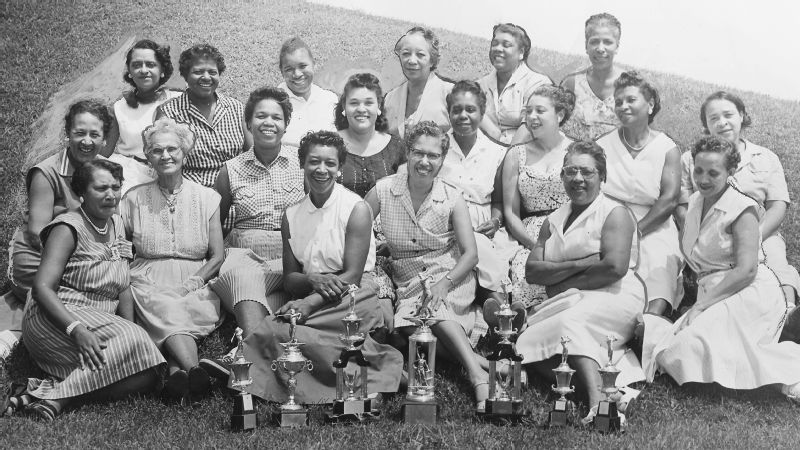
Last but not least, we’re stepping off the gold course and into the night club for with the “Sixteeners”…
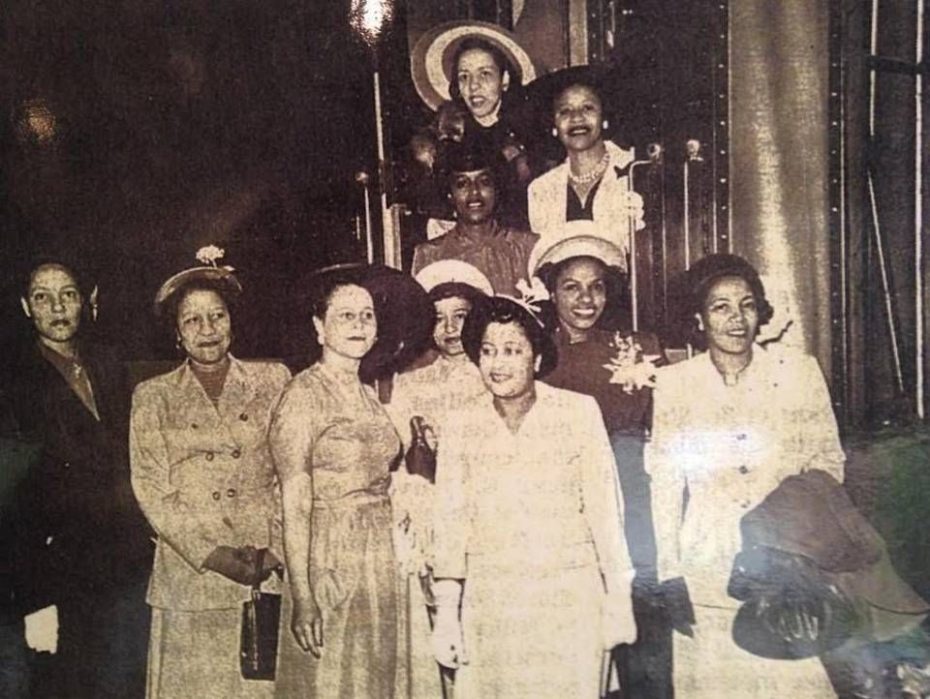
In the 1940s, a group of 16 black women were sick of being turned away at the doors of various hot spots in Kansas City, MO. So they started the Saturday Night 16 club, which cost $15 annually and hosted a humble “pork, beans and wieners” bbq for their first event. Eventually, they began pooling enough funds to reserve more extravagant venues for their soirées — no small feat in the midst of segregation. They had a Christmas bridge party at the posh Street Hotel one year, and a champagne dance party at the Hilton Inn during the 1970s.
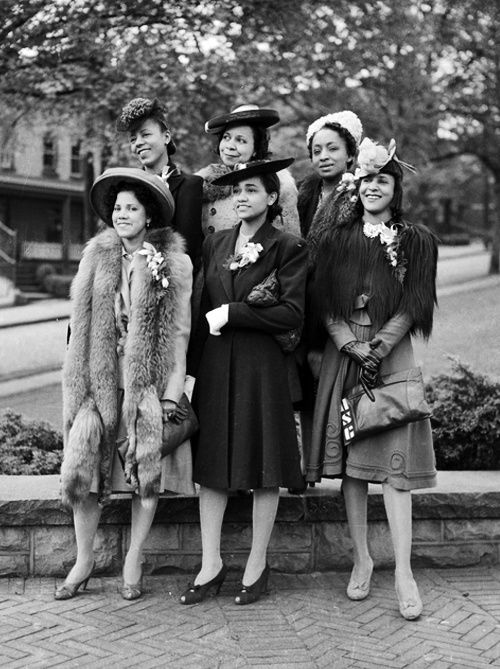
One of the original club members, Mila L. Banks, lived to be 103-years-old. “She was so witty and funny,” wrote her granddaughter Melissa upon her death in 2016, “My Nana was the type of woman to always be dressed to the nines from head to toe…Her social calendar was always more poppin’ than mine!” She’s second from the left below, sitting on the couch:
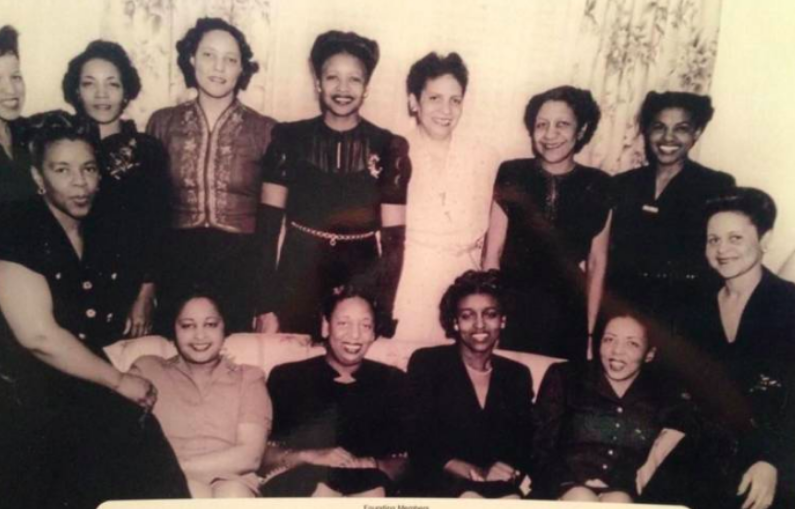
“We’re fortunate to be mentored by women that have set a standard on what it means to be a woman in every sense of the word,” said Melissa, “[They’re] strong, fearless, determined, selfless, considerate, nurturing, generous. The list goes on. [They’re] women we’re lucky enough to call mothers, grandmothers […] friends, and teachers. Sometimes even strangers.”
















